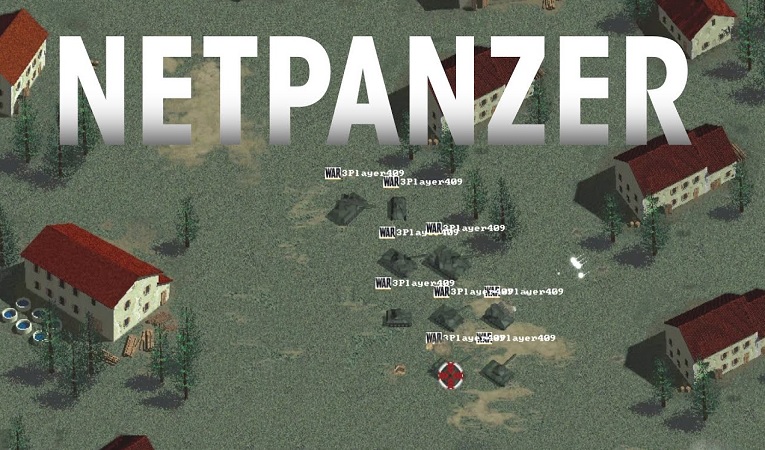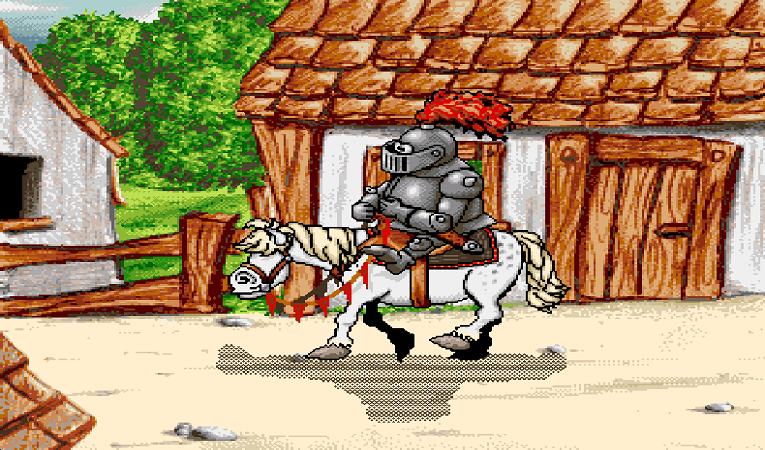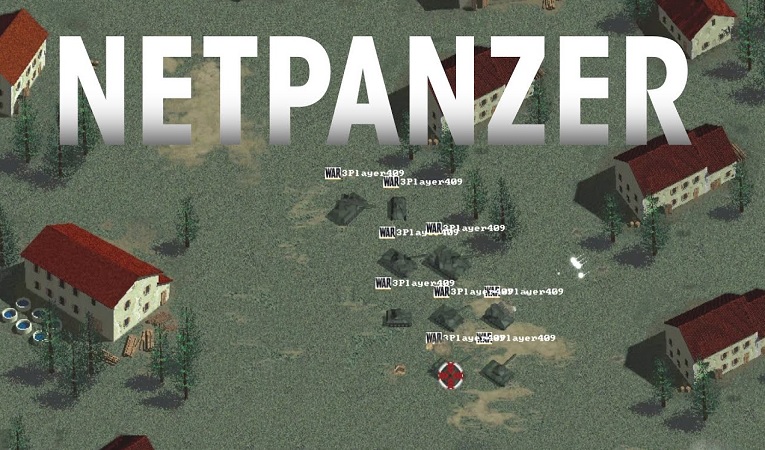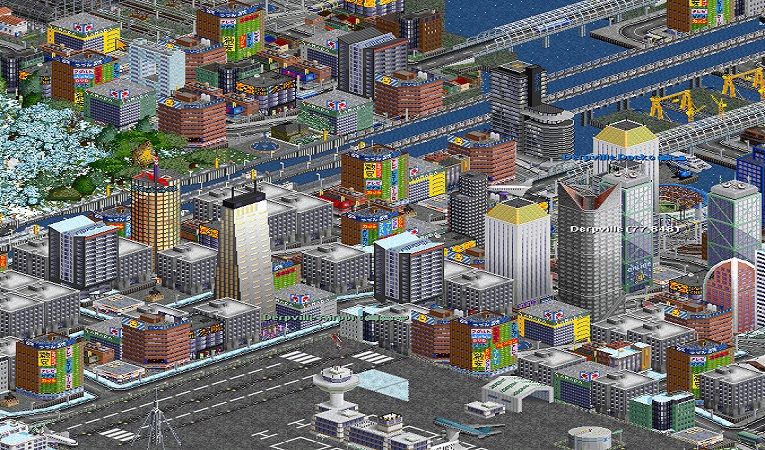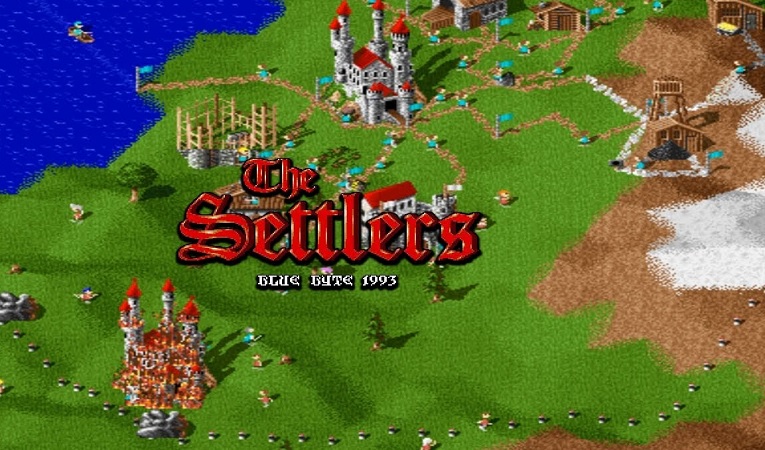
“The Settlers,” a strategic city-building game released exclusively for the Amiga platform in 1993(and released in 1994 for MS-DOS), stands as a hallmark of innovation and gameplay in the realm of simulation games. Developed by Blue Byte Software, the game offered players the chance to become virtual architects of burgeoning civilizations. Blue Byte Software, a German-based game development studio founded by Thomas Hertzler and Lothar Schmitt, sought to create a unique title that would cater to players’ desire for intricate, strategic experiences. The concept of “The Settlers” emerged from the desire to blend city-building, resource management, and strategic warfare into a single cohesive game. The developers envisioned a virtual world where players could shape the destiny of a growing settlement. This vision led to the conceptualization of a game that focused on simplicity and depth, striking a balance between accessibility for newcomers and complexity for seasoned players. You control a tribe of settlers whose aim is to establish a harmonious and successful economy filled with bakers, pig farmers and fishermen. Naturally, you also have to be prepared to defend your fledgling civilisation against attack and indulge in the occasional spot of warfare to prevent your opponents hogging all the best land. With this concept, “The Settlers” revolutionized the city-building genre with its intricate gameplay mechanics.
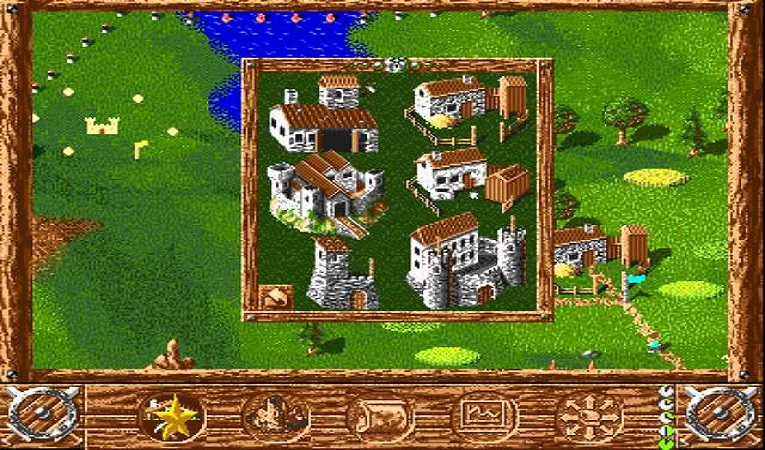
The game introduced a novel concept known as “flow-based” gameplay, where resources and goods flowed between production buildings via interconnected roads. This innovative approach not only streamlined resource management but also added a visual layer of complexity to the simulation. The game’s mechanics extended beyond resource management to include detailed systems for population growth, trade, and military strategy. Players were required to allocate workers efficiently, plan transportation routes, and strategize battles with rival settlements. This open approach to gameplay created an immersive experience that kept players engaged for hours. The players also needed to ensure they had a sufficient military presence in their settlement. This involved constructing military buildings, such as guardhouses and barracks, to recruit and train soldiers. These buildings required specific resources to function effectively, adding another layer of resource management to the game.The battle outcome was determined by various factors, including the number of soldiers, the terrain, and the presence of defensive structures.
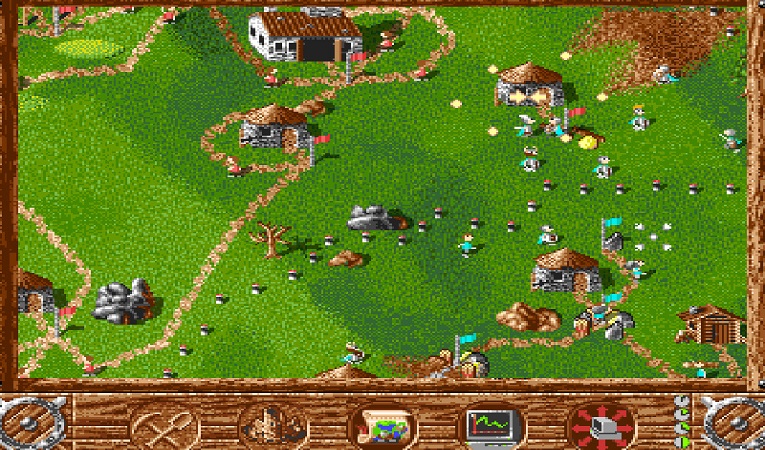
One of the key aspects of the battle system was maintaining a balance between military strength and economic development. While battles were a necessary aspect of the game, dedicating too many resources to military efforts could hinder the growth of the settlement and its economy. Striking the right balance between economic stability and military preparedness was essential for long-term success. The battle system in “The Settlers” contributed to the game’s lasting appeal and its influence on subsequent city-building and strategy games. While battles were not the central focus of the game, their inclusion provided a dynamic and immersive element that contributed to the overall depth of the experience. another great feature was the multiplayer mode in “The Settlers” and supported two players, each of whom controlled their own settlement on a separate part of the game map. Each player had their own resources, buildings, and workforce, and they needed to manage their settlements independently. However, the game encouraged interaction through trade, as players could establish trade routes to exchange resources and goods. While players could choose to cooperate through trade, the multiplayer mode also allowed for healthy competition and rivalry. Players could engage in battles with each other, attempting to outmaneuver their opponent’s military units and disrupt their economy. This competitive aspect of the multiplayer mode encouraged strategic thinking and dynamic gameplay.
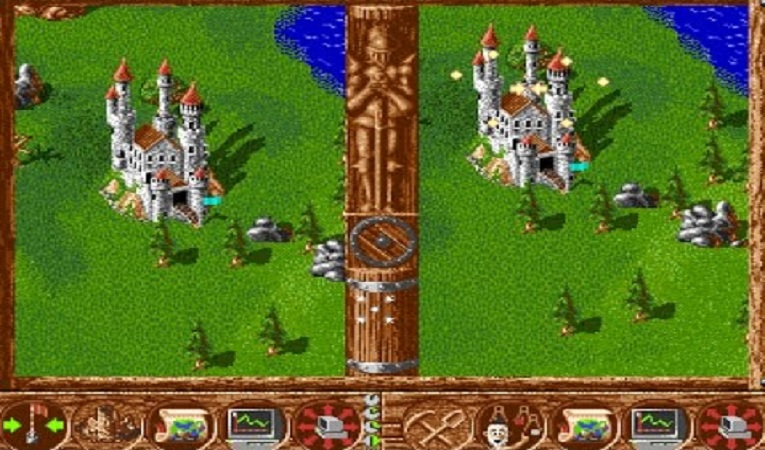
One of the noteworthy features of the multiplayer mode was its real-time gameplay. Both players would engage with the game world simultaneously, making decisions, managing resources, and issuing commands in real time. This dynamic interaction created a sense of immediacy and engagement, as players had to adapt to each other’s strategies and respond to changing situations in the game world. The inclusion of a multiplayer mode in “The Settlers” for the Amiga paved the way for social gaming experiences and contributed to the game’s enduring legacy. The ability to challenge friends or engage in strategic battles with human opponents added replayability and diversity to the gameplay. This multiplayer mode set a precedent for future games in the “Settlers” series and other city-building and strategy titles.
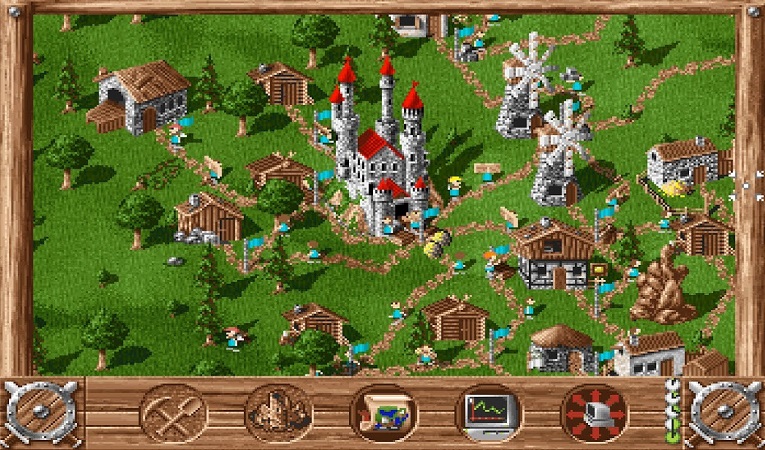
Developing “The Settlers” exclusively for the Amiga platform presented both opportunities and challenges. To make the game playable on a standard Amiga 500 with 1MB of RAM demanded creative solutions to achieve the game’s ambitious goals. The game’s isometric graphics, characterized by detailed sprites and lush landscapes, required careful optimization to maintain performance. None the less, the developers harnessed the Amiga’s graphics and sound capabilities to create a visually appealing and sonically immersive world. Each building and character was meticulously designed, contributing to the game’s aesthetic charm. Additionally, the game’s soundtrack, composed by Haiko Ruttmann, added depth to the experience, enhancing the atmosphere of the virtual world. “The Settlers” remains a beloved classic, cherished by a generation of gamers who experienced its unique blend of strategy and simulation. The game’s enduring legacy is evident in the continued interest from retro gaming enthusiasts and the emulation community. With the rise of digital distribution platforms and remastered editions of classic games, “The Settlers” has found new life, introducing its innovative gameplay to a new generation.








